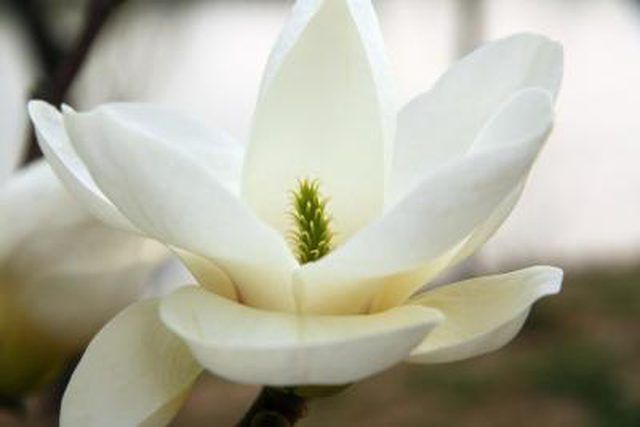Bulbs
Flower Basics
Flower Beds & Specialty Gardens
Flower Garden
Garden Furniture
Garden Gnomes
Garden Seeds
Garden Sheds
Garden Statues
Garden Tools & Supplies
Gardening Basics
Green & Organic
Groundcovers & Vines
Growing Annuals
Growing Basil
Growing Beans
Growing Berries
Growing Blueberries
Growing Cactus
Growing Corn
Growing Cotton
Growing Edibles
Growing Flowers
Growing Garlic
Growing Grapes
Growing Grass
Growing Herbs
Growing Jasmine
Growing Mint
Growing Mushrooms
Orchids
Growing Peanuts
Growing Perennials
Growing Plants
Growing Rosemary
Growing Roses
Growing Strawberries
Growing Sunflowers
Growing Thyme
Growing Tomatoes
Growing Tulips
Growing Vegetables
Herb Basics
Herb Garden
Indoor Growing
Landscaping Basics
Landscaping Patios
Landscaping Plants
Landscaping Shrubs
Landscaping Trees
Landscaping Walks & Pathways
Lawn Basics
Lawn Maintenance
Lawn Mowers
Lawn Ornaments
Lawn Planting
Lawn Tools
Outdoor Growing
Overall Landscape Planning
Pests, Weeds & Problems
Plant Basics
Rock Garden
Rose Garden
Shrubs
Soil
Specialty Gardens
Trees
Vegetable Garden
Yard Maintenance
Kinds of Seed Plants
Kinds of Seed Plants. There are two main types of seed plants. Gymnosperms are the types of seed plants that produce naked seeds, or seeds that are not covered or grown inside pods of fruits. The second type of seed plant is the angiosperm. The angiosperm is the type of seed plant that produces flowers. The flowers eventually form into fruits that...
There are two main types of seed plants. Gymnosperms are the types of seed plants that produce naked seeds, or seeds that are not covered or grown inside pods of fruits. The second type of seed plant is the angiosperm. The angiosperm is the type of seed plant that produces flowers. The flowers eventually form into fruits that contain the seeds. The types of seed plants can be broken down further.
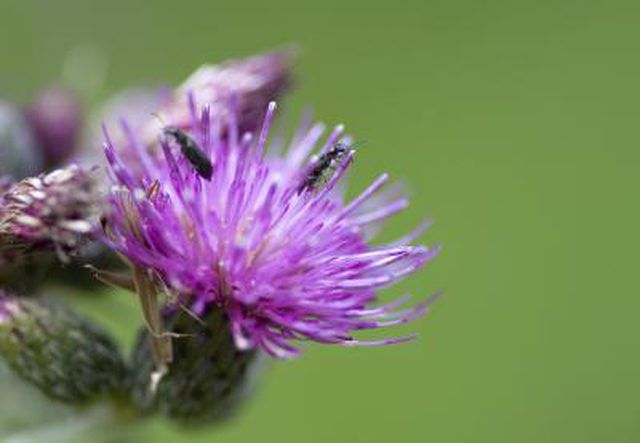
Conifers are the types of plants that typically produce seeds in cones. Evergreen trees or shrubbery with needles of scale leaves are conifer seed plants. The cones on these plants are modified leaves that house and protect the structures that produce the spores and seeds. Redwoods and sequoias are examples of this kind of seed plant as well as cedar and pine trees.

One of the oldest kinds of seed plants is the cycad family. Cycads resemble palm trees with a single, branchless trunk that has many leaf sprouts and twigs protruding from the top of the branch. Cycads are often mistaken for palm trees and are found in tropical locations. Ferns are another example of the cycad kind of seed plant.
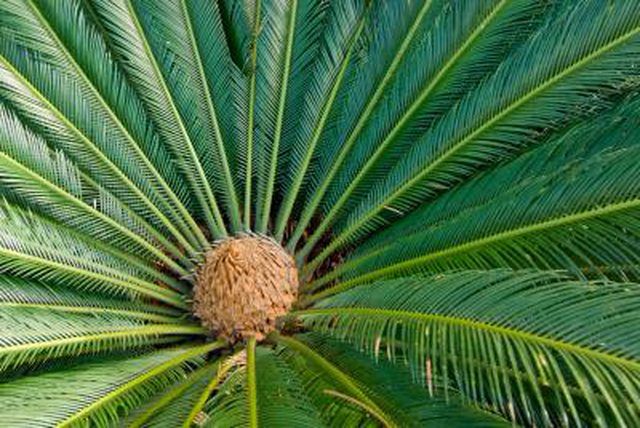
The ginkgo tree is the only species of plant in the Ginkoatae class. This kind of seed plant is often considered a conifer because the reproductive process of the two seed plants is similar. Ginkgo trees, unlike other trees, produce seeds inside a tiny fleshy covering that is not protected within a seedpod or a fruit.
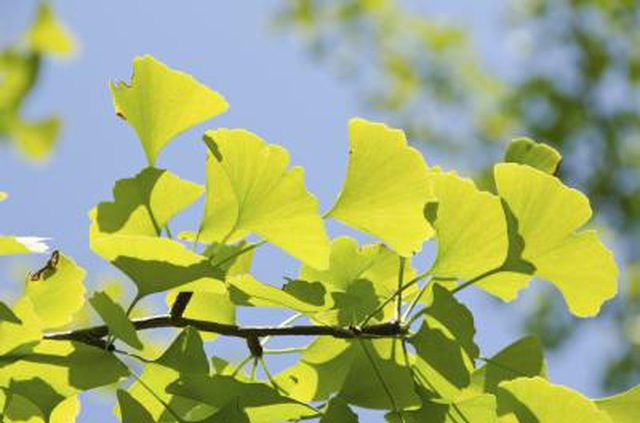
Gnetophytes bridge the gap between the two types of plants--angiosperms and gymnosperms--because they are considered gymnosperms but more closely resemble the flowering angiosperms plants. Gnetophytes have unprotected seeds that grow in bunches, but have wooden vessels like angiosperms.
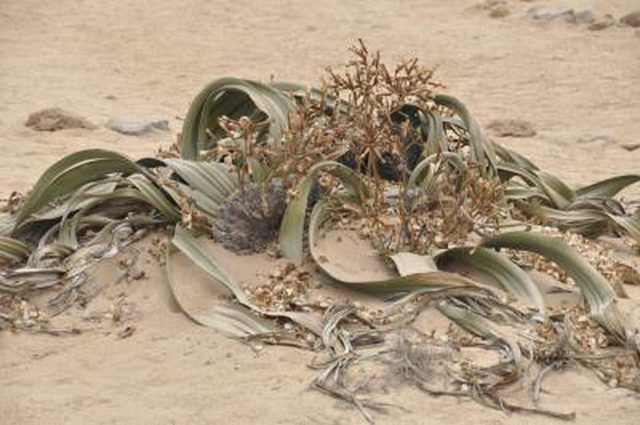
Monocots are the first of the two kinds of seed plants in the angiosperm type of seed plants. Monocots have only one seed leaf and seeds that mature inside a pod or fruit. Monocot leaves have parallel veins and the flowers of monocots typically have petals that are arranged in multiples of three.
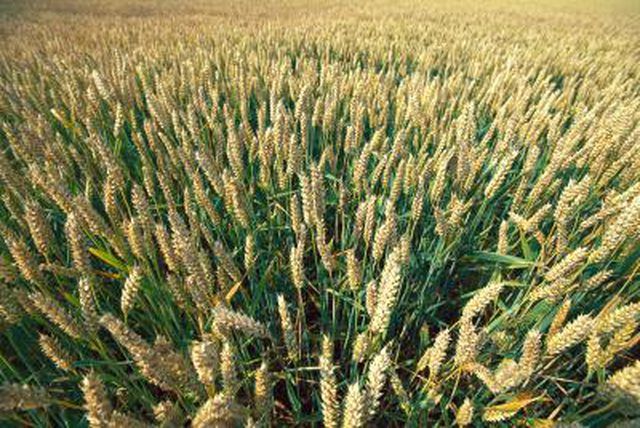
The second kind of angiosperm seed plant is the dicot. Dicots have two seed leaves and also develop their seeds in either a seed pot or inside a fruit. Dicots have flower petals arranged in fours, fives or numerous petals on one flower. The leaf veins of a dicot are arranged in a net, rather than running parallel to one another.
